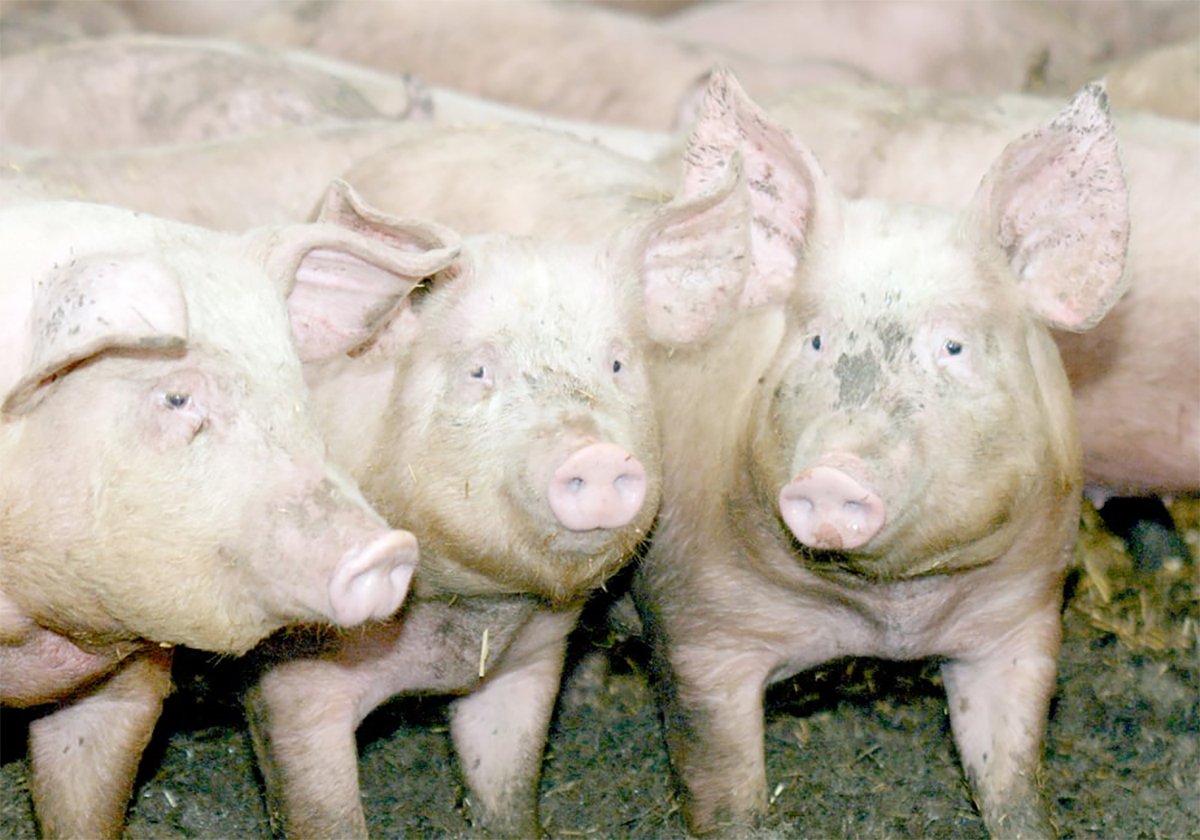A gloomy message of continuing poor cattle prices and high production costs was delivered to the Alberta Beef Producers annual meeting in mid-December.
Canfax market analyst Bart Halowath told delegates that Canada is carrying a higher than normal inventory of cattle and calves at a time when poor returns are dragging the industry down.
The July 1 national inventory counted slightly more than five million beef cows. In pre-BSE times the population was around 4.5 million head.
“We are in a high volume period compared to where we have been in the past. When we compare that to our neighbours to the south, they are in the opposite situation,” he said.
Read Also

The Western Producer Livestock Report – October 2, 2025
Western Producer Livestock Report for October 2, 2025. See U.S. & Canadian hog prices, Canadian bison & lamb market data and sale insight.
U.S. growth is flat and cow dispersals continue because of drought even though profitability is better than Canada.
The Canadian industry is getting slammed from all directions.
Slaughter capacity in federally inspected plants is 80,000 per week but only 60,000 to 65,000 animals are processed. Canadian producers are shipping one million head to the United States, where packers have lower processing costs and fewer labour shortages.
Cow prices remain around 32 cents a pound, about 12 cents below that in the U.S.
However, two years ago Canadians received 20 cents a lb. for cows while the Americans were paid 60 cents.
Halowath does not expect much price improvement because a large volume of cows remains to be processed at a time when beef demand is mediocre.
Poor prices at the auction for finished beef have delayed calf marketings that should show up in the new year. Feedlot placements are down 20 percent, according to the Alberta-Saskatchewan cattle-on-feed report. October saw one of
Prices are not likely to improve because grain prices will stay high, driving down bids for feedlot calves.
Besides high barley prices, the stronger Canadian dollar also affects bids.
Fats would trade for $1 per lb. if the dollar was 85 cents, but at par to the U.S. currency they are only 80 cents. That has caused as much as a $225 a head difference in the value of a fat steer in Canada compared to the U.S.

















